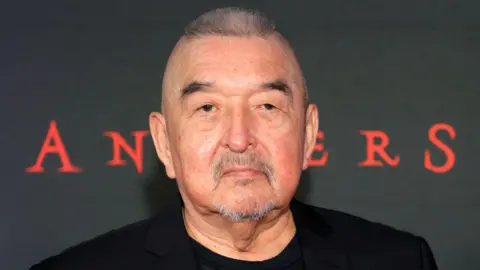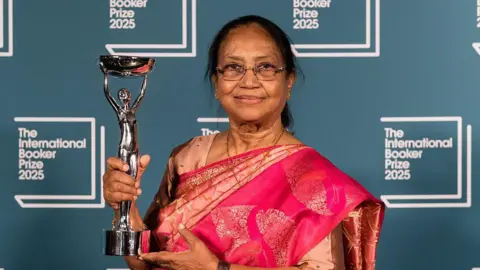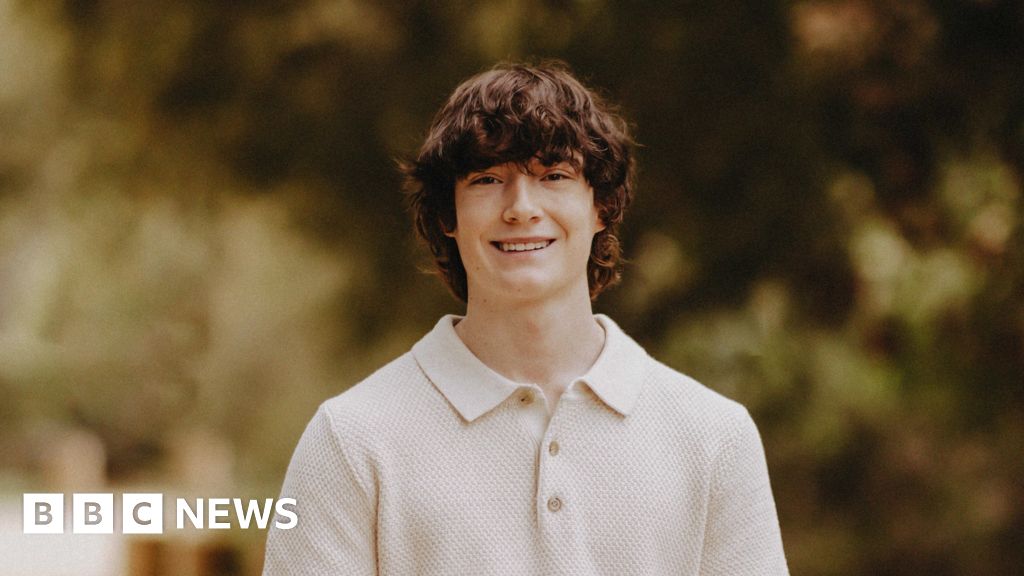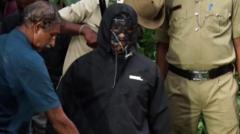Guru Dutt, a titan of Indian cinema renowned for his deeply emotive films, passed away at the young age of 39 in 1964. Born on July 9, 1925, in Karnataka, his legacy casts a long shadow over the industry, especially as we approach the centenary of his birth. However, much of the narrative surrounding Dutt has overlooked the profound personal challenges he faced, including mental health struggles that ultimately shaped, and marred, his life’s work.
Dutt is best remembered for his masterpieces like "Pyaasa" and "Kaagaz Ke Phool," films that continue to resonate with audiences for their intricate exploration of human emotions and societal issues. His unique stylistic approach in filmmaking set a poignant tone, asking viewers to confront the more uncomfortable aspects of life through captivating storytelling. Raised in a humble setting, Dutt experienced financial instability and familial discord in his formative years, which inevitably influenced his later art.
Entering the Bombay film industry in the 1940s was a challenge; Dutt initially worked not as a director but as a choreographer and a telephone operator. His early cinematic journey was profoundly impacted by the historical turbulence of India's fight for independence. It was during these formative years that he began to channel his artistic frustrations into his writing, laying the groundwork for "Pyaasa," a film that would shift the paradigms of Indian cinema.
His rise to prominence began with "Baazi" in 1951, leading to a promising career as both an actor and director. Briefly, surrounded by success, Dutt's personal life seemed brighter as he found love with the celebrated singer Geeta Roy. However, with fame came pressure, leading him to create works that challenged both his artistic ambitions and his mental well-being.
"Pyaasa," released in 1957, marked a pivotal moment in his career, earning both critical acclaim and commercial success. Yet despite this, he continued to battle feelings of solitude and emptiness, feeling disillusioned even amid his achievements. The struggle for perfection in his art often took a toll on his mental health, leading to obsessive tendencies and episodes of depression. Reports from his sister, Lalitha Lajmi, reveal the extent of his pain as he grappled with his artistic vision under immense pressure.
As Dutt labored on "Kaagaz Ke Phool," his mental state deteriorated further, culminating in a suicide attempt in 1956—a moment that marked a profound shift in his life. This incident highlighted the stigma around mental health during that era, a struggle he felt unable to confront openly. While "Kaagaz Ke Phool" is celebrated today, it was initially a commercial failure, a significant blow to his psyche from which he reportedly never fully recovered.
Subsequent projects like "Sahib Bibi Aur Ghulam" showcased Dutt's artistic depth but also provided a mirror to his tumultuous personal life, characterized by loneliness and substance dependency. After his tragic death in 1964, many in the film industry and beyond reflected on the deep existential despair that he faced, a reminder of the societal taboos surrounding mental health.
Today, as we acknowledge Guru Dutt’s cinematic genius, we must also confront the uncomfortable realities of his life’s unhappiness. His journey reflects not just the artistry of a gifted filmmaker but the struggles of a man whose profound pain resonated in his films. For many, Dutt remains an enduring symbol of the artist suffering for their craft, and as we remember him, we hope the dialogues around mental health continue to evolve for future generations.






















